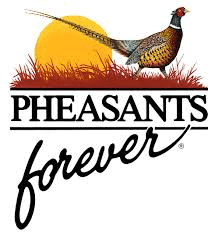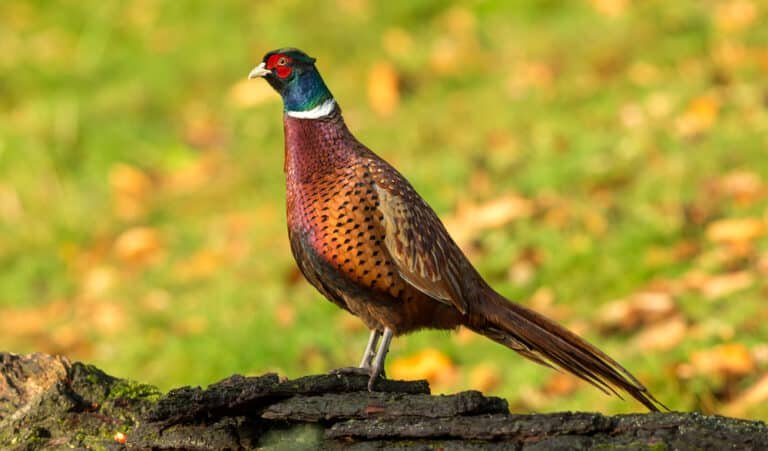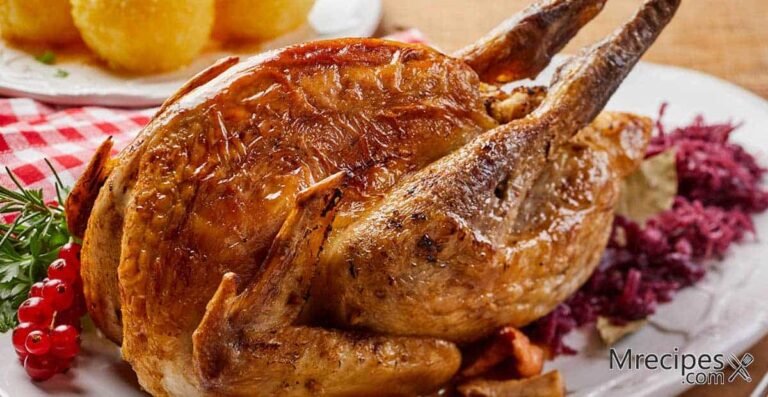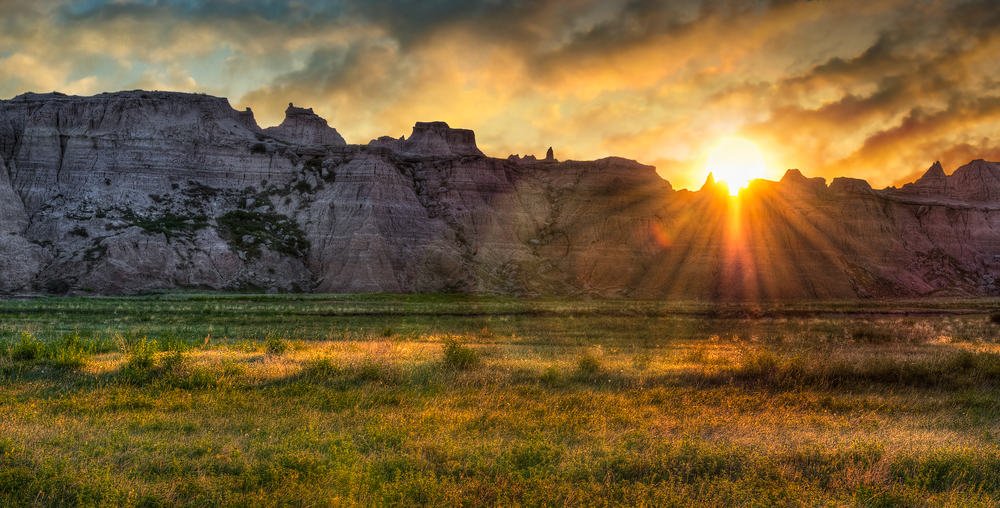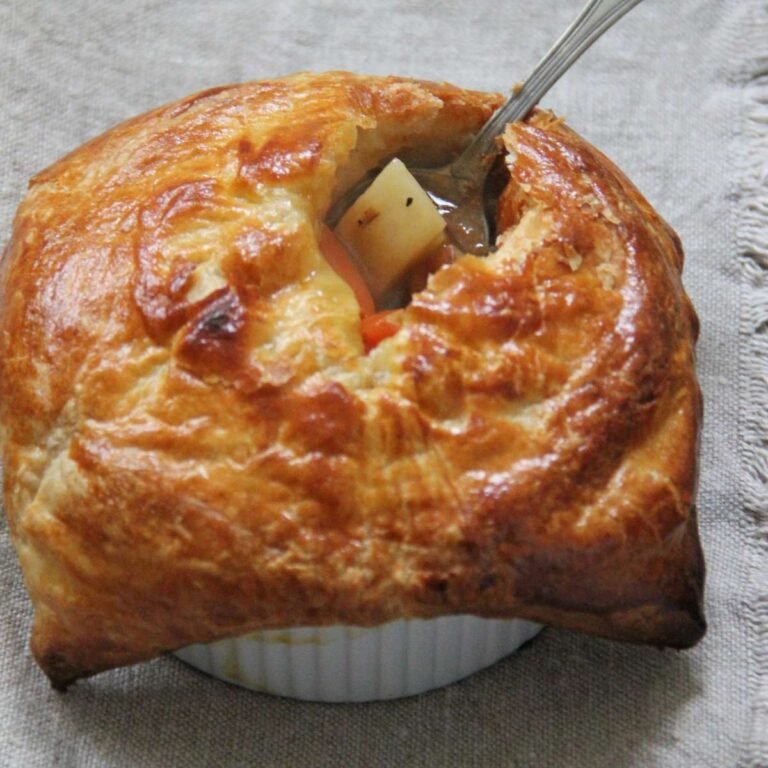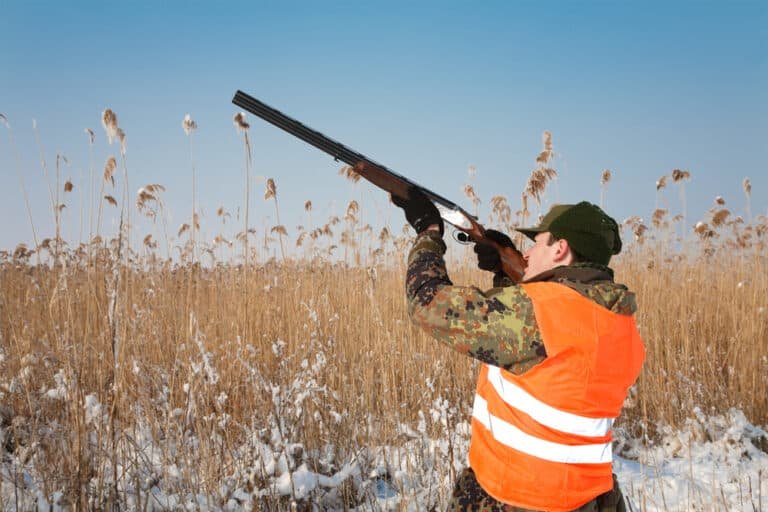Mn Pheasant Season: The Best Time for Residents
Pheasant hunting, an exhilarating pursuit for avid hunters and outdoor enthusiasts alike, is significant in Minnesota’s rich hunting heritage. Defined as the act of pursuing and capturing wild pheasants, this thrilling activity has become deeply ingrained in the state’s cultural fabric. In this blog, we will cover Mn Pheasant Season.
Pheasant hunting provides an opportunity for recreational enjoyment and plays a crucial role in wildlife management, conservation efforts, and economic contributions to local communities. As we delve into Minnesota’s pheasant season’s depths, let us explore this beloved sport’s captivating world.
Definition and Significance of Pheasant Hunting
Pheasant hunting can be described as the sport of pursuing and capturing wild pheasants for various purposes, including food, sport, and habitat management. The significance of pheasant hunting lies in its historical roots and its contribution to wildlife conservation efforts.
By actively engaging in controlled hunts during designated seasons, hunters help regulate pheasant populations to maintain ecological balance. Moreover, from a cultural standpoint, pheasant hunting serves as a means for individuals to connect with nature while honing their skills as sportsmen.
Overview of Minnesota’s Pheasant Season
Hunters across the state eagerly anticipate Minnesota’s pheasant season each year. Officially known as the “Minnesota Pheasant Opener,” this highly anticipated event marks the beginning of a new hunting season filled with adventure and camaraderie among fellow enthusiasts.
Typically commencing on the second or third weekend of October, depending on prevailing regulations and conditions (such as crop harvest), it sets off a series of weekends dedicated solely to pursuing these majestic game birds.
During its duration, which typically spans several weeks until early January (subject to annual variations), hunters flock to designated areas across Minnesota that boast prime pheasant habitat.
The season provides ample opportunities for residents and non-residents to engage in this beloved sport, offering a chance to explore the state’s scenic landscapes while enjoying the thrill of the hunt.
Each year, as anticipation builds for the upcoming pheasant season in Minnesota, hunters eagerly prepare their gear, study maps, and fine-tune their skills in anticipation of embarking on memorable hunting adventures.
As we embark on this immersive journey through Minnesota’s pheasant season, we will examine its historical background, regulations, and licensing requirements. We will discover effective hunting techniques and strategies and explore conservation efforts to preserve these magnificent birds’ habitats.
We will also discuss safety considerations essential for a successful hunt and analyze the economic impact that pheasant hunting brings to the local communities within the state.
The Historical Background of Pheasant Hunting in Minnesota
Minnesota’s rich pheasant hunting tradition can be traced back to the early 1900s when the state tried to introduce and establish populations of Chinese ring-necked pheasants. The first successful introductions occurred in Goodhue County in 1905 by Arthur B. Farnham, who brought over a dozen birds from Oregon.
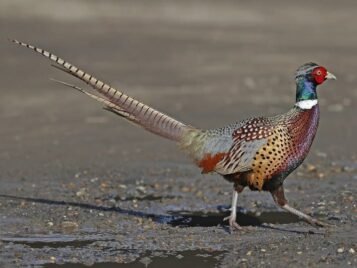
This marked the beginnings of a hunting legacy that would captivate athletes across the state. However, it wasn’t until the late 1920s that pheasant hunting gained popularity in Minnesota.
Several more releases had occurred throughout various counties, increasing pheasant populations. The thrill of flushing colorful birds from prairie grasslands became a favorite pastime for many hunters.
The Evolution of Regulations and Conservation Efforts
As enthusiasm for pheasant hunting grew, so did the need for regulations to ensure sustainable populations and fair sporting opportunities. In response, the Minnesota Department of Natural Resources (DNR) implemented various rules and restrictions over time.
In the early years, bag limits were relatively generous, with hunters allowed to take up to 10 birds per day. However, as concerns arose regarding population sustainability, bag limits were progressively reduced to allow for better reproduction and long-term viability.
The importance of conservation efforts also became increasingly apparent as habitat loss threatened pheasant populations. Recognizing this challenge, organizations such as Pheasants Forever emerged to advocate for habitat preservation and restoration initiatives across Minnesota’s landscape.
Pheasant Habitat in Minnesota
Description of Ideal Pheasant Habitat
To understand the pheasant population and hunting opportunities in Minnesota, it is crucial to comprehend the characteristics of their ideal habitat. Pheasants thrive in areas where they can find a combination of cover, food, and nesting sites.
The ideal pheasant habitat consists of diverse grasslands, wetlands, and croplands. Dense grasses like switchgrass and big bluestem provide excellent cover for pheasants to escape predators and harsh weather conditions.
Additionally, they rely on various seeds, grains, insects, and small vertebrates for nourishment. The availability of these resources directly influences the density and health of the pheasant population within a particular region.
Geographic Distribution Within the State
Minnesota offers vast territories that serve as prime pheasant habitats across various regions. While pheasants can be found throughout the state, certain areas are renowned for their abundant populations during the MN pheasant season.
Southwest Minnesota is widely regarded as one of the premier regions for pheasant hunting due to its expansive grasslands, wetlands, and extensive agricultural fields that provide an ideal mix of cover and food sources.
Other prominent regions include parts of west-central Minnesota and portions of south-central and southeast Minnesota, where suitable habitats intersect with agricultural landscapes.
Understanding this geographic distribution is essential for hunters planning their expeditions during the MN pheasant opener in 2022 or future seasons like the MN pheasant opener in 2023. By carefully analyzing descriptions of an ideal habitat while considering the geographic distribution across Minnesota’s diverse landscapes – hunters can strategically plan their excursions during important events.
These events include the MN Pheasant Opener 2022 or future seasons like the MN Pheasant Opener 2023 – increasing their chances of a successful pheasant hunting experience.
Pheasant Population and Trends
Factors influencing population fluctuations
The population of pheasants in Minnesota is subject to numerous factors contributing to fluctuations over time. One significant factor is weather conditions, especially during crucial periods like nesting and brooding.
Harsh winters with heavy snowfall can reduce survival rates, while wet springs may impact nest success. Additionally, changes in land use practices, such as increased agricultural intensification or loss of grassland habitats, can significantly impact the availability of suitable pheasant habitats.
Predation by natural predators like coyotes and foxes also plays a role in population dynamics. Furthermore, disease outbreaks and pesticide use can further affect pheasant populations’ overall health and reproductive success.
Recent population data and trends
In recent years, monitoring efforts have provided valuable insights into the status of pheasant populations in Minnesota. The Minnesota Department of Natural Resources (DNR) conducts annual roadside surveys that estimate the number of pheasants observed per unit distance driven.
These surveys provide valuable data to assess population trends. Based on these surveys, it has been observed that there are noticeable variations in pheasant abundance across different regions within Minnesota.
For instance, certain areas, such as the southwest part of the state, often exhibit higher numbers due to favorable habitat conditions characterized by diverse grasslands and wetlands. However, there have also been periods marked by declines in overall pheasant populations due to unfavorable weather conditions or changes in land use practices.
The recent DNR survey data indicate some promising signs for mn pheasant season enthusiasts. Despite periodic fluctuations, efforts toward habitat restoration and conservation programs have positively impacted local populations.
Hunting Regulations and Licenses
Overview of licensing requirements for residents and non-residents
Before embarking on a thrilling pheasant hunting adventure in the picturesque fields of Minnesota, it is essential to familiarize oneself with the licensing requirements. The regulations differ for residents and non-residents, ensuring fair access while prioritizing conservation efforts. Resident hunters must possess a valid Minnesota small game license, which can be obtained through the Department of Natural Resources (DNR) website or authorized vendors.
On the other hand, non-resident hunters need to obtain a non-resident small game license specifically tailored for pheasant hunting in Minnesota. It is crucial to note that resident and non-resident hunters must also have a Minnesota state pheasant stamp endorsement affixed to their licenses, contributing to funding vital conservation initiatives.
Season dates, bag limits, and other regulations
As the anticipation builds for the mn pheasant opener 2023, it is crucial to familiarize oneself with season dates and bag limits set forth by regulatory authorities. The pheasant season in Minnesota typically runs from October through December but may be subject to minor adjustments by the DNR based on population assessments and habitat conditions.
Hunters must stay updated with any potential changes announced by the authorities before planning their hunting trips during this timeframe. Wildlife biologists who closely monitor population dynamics and the overall health of local pheasant populations carefully determine bag limits each year.
Hunters are allowed a daily bag limit of two rooster pheasants per day during the regular season. Still, they should consult official DNR publications or websites closer to the Minnesota Pheasant Opener 2023 for any potential updates or amendments. Additionally, hunters must adhere strictly to all safety protocols and regulations when engaging in this exhilarating pursuit.
These regulations encompass various aspects, such as using non-toxic shots, proper hunting methods, and obtaining permission from landowners to access private hunting grounds. By following these guidelines, hunters can ensure a safe and responsible experience while contributing to the preservation and conservation of Minnesota’s cherished pheasant population.
Hunting Techniques and Strategies
Discussion on different hunting methods (e.g., upland vs. driven)
When it comes to hunting pheasants in Minnesota, various techniques can be employed. Two common approaches are upland hunting and driven shooting. Upland hunting involves walking through fields, grasslands, and brush in search of flushed birds.
This method allows hunters to engage with their surroundings actively and rely on their skills to spot pheasants and take shots. On the other hand, driven shooting is a more strategic approach where a line of beaters drives the birds toward waiting hunters stationed at predetermined spots.
This method requires participant coordination and is often conducted in open fields or large woodland areas. Both methods have merits; upland hunting offers a more immersive experience, while driven shooting provides controlled opportunities for successful shots.
Tips for successful pheasant hunting in Minnesota’s terrain
To maximize your chances of a successful hunt during the mn pheasant opener 2023 or any pheasant season mn, it is crucial to consider the unique terrain found in Minnesota. The state’s landscape features a mix of agricultural land, grasslands, wetlands, and wooded areas that attract pheasants throughout the year. Here are some tips to help you navigate these terrains effectively:
1. Scout for prime locations: Before heading out, research potential hunting areas with good habitat conditions, such as food sources (cornfields or standing crops), water sources (rivers or wetlands), and thick cover (grassy fields or shrubs). Consulting local resources like wildlife maps or seeking advice from experienced hunters can greatly assist your scouting efforts.
2. Timing is key: Observe pheasant behavior patterns as they feed early or late afternoon when temperatures are cooler. Plan your hunt accordingly when pheasants are more active and likely to be on the move.
3. Utilize effective camouflage: Dressing in appropriate hunting attire, preferably with a blend of earth tones and patterns that mimic the surrounding environment, can help you blend in and remain undetected by wary pheasants.
4. Work with a well-trained bird dog: A skilled bird dog can be an invaluable companion during your hunt. They have an instinct for locating and flushing out pheasants, making it easier to position yourself for a successful shot.
5. Keep noise to a minimum: Pheasants have excellent hearing, so minimizing noise during your hunt is essential. Move quietly through the fields, communicate softly with fellow hunters, and avoid sudden loud noises that may spook birds away.
6. Practice shooting skills: Before heading out to the field, hone your shooting skills at a range or through simulated hunting scenarios. This will increase your accuracy and confidence when presented with shooting opportunities during the MN pheasant opener 2023 or any other hunting season.
Understanding various hunting techniques and implementing these tips while navigating Minnesota’s diverse terrain can enhance your chances of having a successful and fulfilling pheasant hunting experience.
Conservation Efforts for Pheasants in Minnesota
Government initiatives to protect pheasants’ natural habitats
Minnesota has been proactive in implementing various government initiatives to protect the natural habitats crucial for pheasant populations. These initiatives include habitat restoration programs, land acquisition for public hunting grounds, and conservation easements to preserve critical areas.
The Department of Natural Resources (DNR) works closely with landowners, farmers, and conservation organizations to promote sustainable agricultural practices that benefit farmers and pheasants. Through collaborations with federal agencies like the U.S. Fish and Wildlife Service, the DNR also ensures compliance with wetland protection laws essential for maintaining healthy ecosystems.
Collaborative efforts by organizations to enhance populations
In addition to governmental efforts, various non-profit organizations and local clubs have played a crucial role in enhancing pheasant populations in Minnesota. Organizations such as Pheasants Forever and the Minnesota Pheasant Association actively engage in habitat restoration projects, focusing on establishing nesting cover, wintering areas, and food plots for pheasants.
Equipment and Gear for Pheasant Hunting
Essential gear for a successful hunt
When preparing for a successful pheasant hunt in Minnesota, having the right equipment and gear is essential. A reliable shotgun chambered in 12 or 20 gauge is commonly used by hunters due to its versatility and effectiveness against upland game birds like pheasants.
High-quality ammunition suitable for these shotguns should be chosen based on personal preference and local regulations.
Additionally, hunters should invest in appropriate clothing, such as sturdy boots, blaze orange apparel for visibility, and layers to adapt to changing weather conditions. Essential accessories may include a well-fitted hunting vest or bag for carrying ammunition, water, a first aid kit, and other necessities.
Recommendations on firearms, ammunition, clothing, etc.
For firearms used in pheasant hunting in Minnesota, popular choices among hunters include pump-action or semi-automatic shotguns from reputable manufacturers like Remington or Browning. Ammunition with shot sizes ranging from 4 to 6 is commonly recommended for pheasant hunting due to its effective range and knockdown power. Hunters should consult the Minnesota DNR’s regulations for specific restrictions on lead shot usage in certain areas.
As for clothing recommendations, wearing comfortable and moisture-wicking attire is advisable to handle the rugged terrain. Opting for camouflage patterns that blend with the surroundings can also help hunters remain inconspicuous.
Safety Considerations
Importance of firearm safety during hunts
Safety should always be a top priority during pheasant hunts in Minnesota. All hunters must handle firearms responsibly by adhering to basic safety rules like keeping the muzzle pointed in a safe direction and treating every firearm as if it were loaded.
Proper firearm storage and transportation practices are crucial both before and after hunts. It is essential to familiarize oneself with local regulations regarding shooting zones and prohibited areas to avoid accidents or conflicts with other outdoor enthusiasts.
Tips on staying safe while navigating through fields
Navigating fields during pheasant hunts requires caution and attentiveness to minimize injury or property damage risks. Wearing blaze orange clothing helps ensure visibility among fellow hunters while maintaining distance between each other while walking in line is crucial for maintaining a safe shooting zone. Awareness of one’s surroundings, including other hunters, livestock, or potential hazards, is vital.
Steady footing is important to prevent slips or falls on uneven terrain. Carrying a map, compass, or GPS device is also advisable to avoid getting lost in extensive hunting areas.
Other Game Species During Pheasant Season
Overview of other game species that can be hunted simultaneously
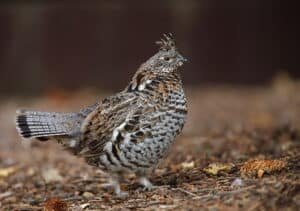
Minnesota’s pheasant season coincides with opportunities for hunting other game species. Small game enthusiasts can pursue species like ruffed grouse (shown) and woodcock, which share similar habitat preferences with pheasants. You will run into these during your adventures for pheasant.
Additionally, waterfowl hunting in wetland areas offers thrilling experiences during this season. Hunters may target ducks such as mallards and teal or geese, including Canada and snow geese. These honkers usually let you know when they are around your hunting territory.
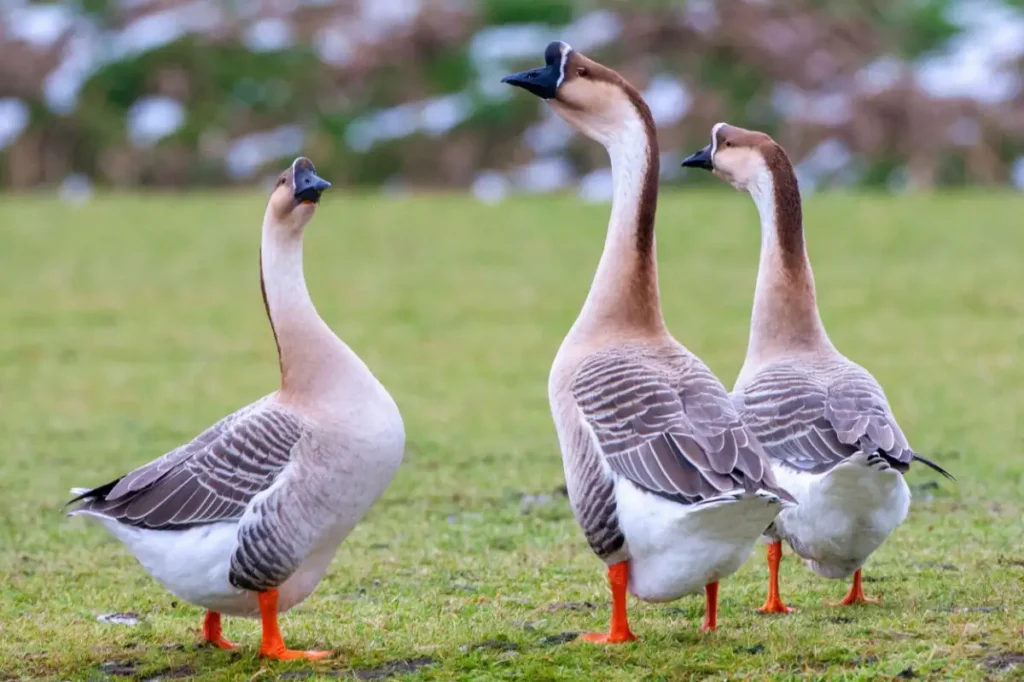
Regulations specific to hunting multiple species
While hunters can pursue multiple game species during the pheasant season in Minnesota, it is crucial to comply with specific regulations governing each species. Bag limits, licensing requirements, and shooting hours may vary for different species. Hunters must familiarize themselves thoroughly with the current regulations set forth by the Minnesota DNR to ensure compliance and ethical hunting practices.
The Economic Impact of Pheasant Hunting in Minnesota
Analysis of the economic benefits brought by hunters
Pheasant hunting holds significant economic importance for Minnesota’s rural communities and the state. The influx of hunters during pheasant season stimulates local economies through expenditures on lodging accommodations, dining establishments, fuel stations, sporting goods stores, and other businesses catering to outdoor recreationists.
Moreover, outfitters offering guided hunts contribute to job creation and generate revenue for local economies. The revenue generated from license sales further supports conservation efforts to preserve natural habitats for pheasants and other wildlife species.
Conclusion
Minnesota’s pheasant season offers more than just a thrilling hunting experience. It serves as a testament to the state’s dedication to conservation efforts and the preservation of natural habitats.
Through government initiatives and collaborative efforts by organizations, pheasant populations have been protected and enhanced, ensuring sustainable hunting opportunities for generations to come.
By equipping themselves with essential gear, following safety precautions, and respecting regulations for multiple game species, hunters can enjoy a fulfilling and responsible outdoor experience.
Pheasant hunting brings economic benefits and fosters a deep appreciation for the natural beauty of Minnesota’s landscapes.
So, as the anticipation builds for the upcoming MN Pheasant Opener 2023 or even reflecting on past seasons like the Minnesota Pheasant Opener 2022, let us continue to cherish this cherished tradition. Meanwhile, we will actively contribute to conservation efforts that ensure thriving ecosystems and sustainable wildlife populations in our great state.

